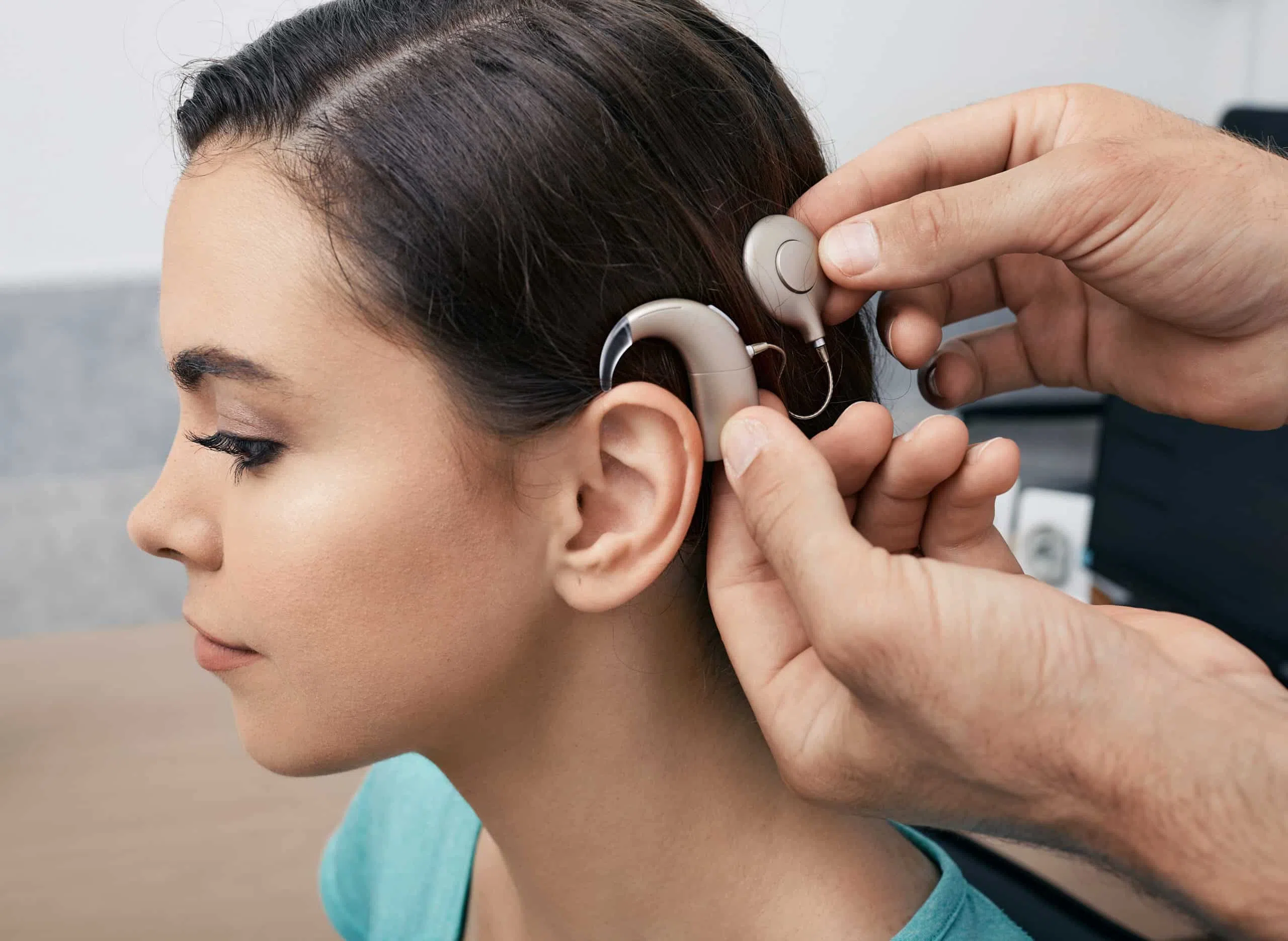A recent development at Saskatoon’s Candian Light Source could be a game changer for those with hearing loss and cochlear implants.
Western University’s Dr. Sumit Agrawal says up until now, cochlear implants have not been able to be programmed to suit the needs of each individual patient. Rather, they function with a one-size-fits-all model.
“Every patient has a different sized cochlea. It could be small, it could be large, therefor we need to figure out how to ‘tune their exact piano’ if that makes sense as an analogy.”
Using imaging technology at the CLS, his team discovered they were able to scan various cochleae and build unique frequency maps from each image. These maps indicate where the patient’s cochlea fall short, and implants can be ‘tuned’ to match their anatomy and improve their hearing.
Agrawal says the technology is proving to be beneficial.
“Last summer, we published a pilot study with the University of North Carolina where we had about a dozen patients that tried the new map versus the default map and it actually did show a benefit. Especially in the sound quality of the map. They found that it sounded much more natural when it was tuned to their anatomy.”
Western University is now conducting a randomized control trial to further determine the benefits of this technology. Thirty patients are taking part.
Agrawal adds that this technology is gaining interest from several manufacturing companies and has also earned Western University an $8.5 million donation from a leading hearing implant company.


















